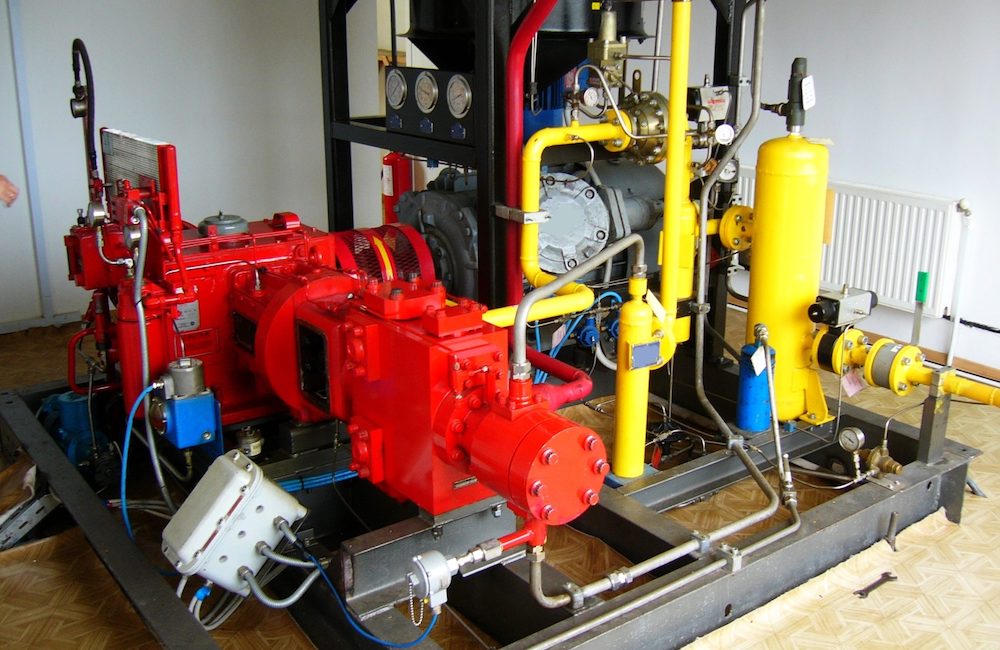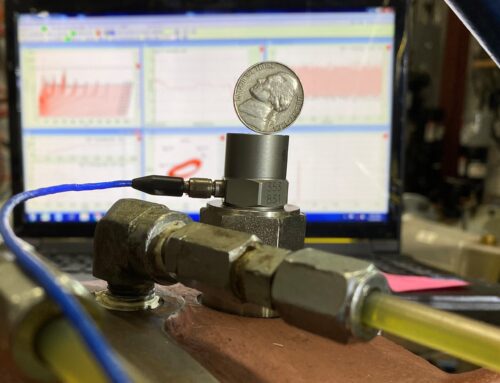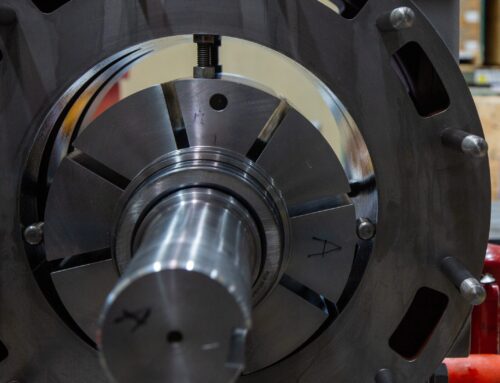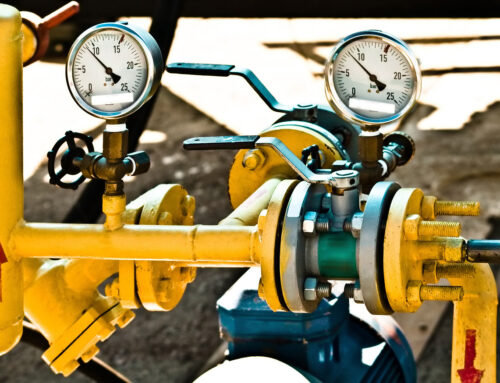While rotary vane and reciprocating compressors perform the same job, they do it in different ways. Each works by intaking gas, but reciprocating compressors use a piston cylinder device to compress gas, drawing in air or other gases on the down stroke and then compressing and discharging them from the cylinder via upward movement of the piston. Rotary vane compressors have; a rotor that is offset inside a cylinder houses sliding vanes that are pushed against the cylinder wall by centrifugal force, which in turn compresses the gas.
Let’s take a more in-depth look at these two different mechanisms for compressing gas.
The Advantages and Disadvantages of Rotary Vane Compressors
With a proper maintenance routine, you can expect a rotary vane compressor to have a long lifespan, running for many, many years in even the most demanding conditions. When vanes do need maintenance or repairs, it can be done in the field and part replacement requires just a few hand tools and a few hours on site. Only a small amount of oil is needed for lubrication purposes.
When compared to reciprocating compressors, rotary vane compressors are simpler in design. Reciprocating compressors are much more complex machines, with many more moving parts. More moving parts means an increased risk of failure, as there are more parts that can malfunction.
Rotary vane compressors are a tried-and-true technology, in use for over one-hundred years and perfected over time by vane compressor manufacturers, although they are considered a niche product, particularly when compared with more widely-used reciprocating compressors.
The Advantages and Disadvantages of Reciprocating Compressors
Also known as piston compressors, these units use positive displacement to compress gas with very little wasted energy. Both reciprocating compressors and rotary vane compressors require a force feed lubrication pump for cylinder lubrication, a water jacket cooling system, and inlet separators to prevent damage due to liquid slugging. That said, there are many differences between the two types of compressors that are important to understand before making a purchase.
Reciprocating compressors are an attractive option for many industries, but they also have significant disadvantages that may rule them out as an option for certain applications. Reciprocating compressors will have much higher vibration levels due to the unbalanced forces and couples. Since they are sensitive to liquids in the gas, they are more prone to failure—when liquids are present, suction valve failure can result.
Reciprocating compressors generally have the advantage of a broader pressure range and flow rate. However recip compressors require up to 25 psig suction pressure to operate efficiently and safely.
Another Way to View Reciprocating and Rotary Vane Compressors
Ro-Flo rotary vane compressors are increasingly being used as boosters, increasing the suction pressure to maximize the efficiency of reciprocating compressors. When used in this way, Ro-Flo compressors can eliminate a costly stage or two of reciprocating compression, enabling remaining stages to operate more efficiently, saving capital and increasing reliability.




